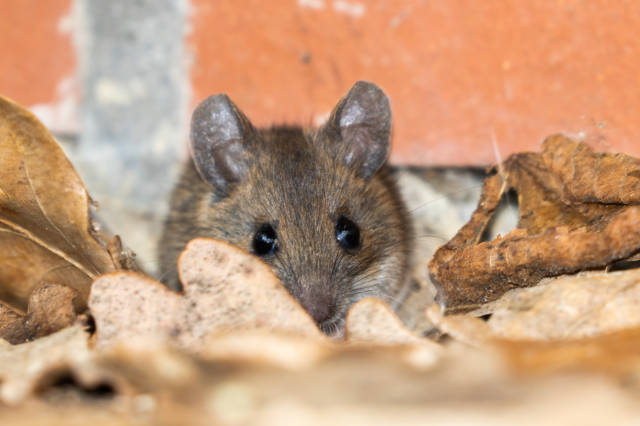Mice are quick and opportunistic animals that can get into homes through many different openings. Because they are small and can fit through small spaces, they are good at getting into apartments, which is a pain for people who live there. Residents need to know how mice get into homes so they can take preventative steps and stop infestations. In this piece, we’ll talk about the most common ways mice get into apartments and give you ideas on how to keep them out.
Mice often get into apartments through these places.
Gaps in Walls and Floors: Mice can easily get through small holes or cracks in walls, floors, and ceilings. Rodents can easily get in and out of the building through these cracks and holes.
Plumbing and Utility Openings: Pipes and utility lines that run through walls or floors may have spaces around them that mice can use to get into homes.
Doors and Windows: Mice can get in through doors and windows that are not properly protected or have weather stripping that is broken.
Vents and Ducts: Mice can get in through vents and ducts on the outside that don’t have proper screens or covers.
Shared Spaces: Mice may be able to get into more than one apartment if the apartments are linked by walls, attics, or crawl spaces.
Mice can get from one part of an apartment building to another by using pipes, electrical lines, and other parts of the building itself as paths.
Mice have clever senses for sneaking in.
Mice have sharp senses that help them find ways to get into homes:
Mice have a very good sense of smell. They can smell food from inside an apartment, which brings them closer to possible entry spots.
Touch: Their whiskers are very sensitive to vibrations and changes in airflow, which helps them find holes in dark and tight places.
Hearing: Mice have good hearing and can pick up on small sounds like scratching or chewing, which may be signs of openings.
How to stop mice from getting into apartments
Residents can do the following things to keep mice from getting into their apartments:
Seal Cracks and Gaps: Check the walls, floors, and ceilings for cracks and gaps, and fill them with glue or expanding foam.
Install Door Sweeps: Attach door sweeps to the bottom of doors to make a tight seal and keep mice from getting in through holes.
Weatherstrip Windows: Use weatherstripping to seal holes around windows and keep mice out.
Cover Vents and Ducts: To keep mice out, put fine mesh screens or covers over outdoor vents and ducts.
Shared Spaces: Talk to your neighbors and the building management about shared spaces like attics and crawl areas where mice might be able to get in.
Regular Cleaning: Keep homes clean and free of food debris, spills, and crumbs to get rid of food sources that mice like.
Methods of Storage: Store food in sealed glass, metal, or heavy-duty plastic cases to keep mice from getting to food sources.
Professional Pest Control: If mice keep coming back to an apartment, the people who live there might want to hire a professional pest control service to get rid of them quickly and safely.
Mice can get into homes through many different ways. They use small cracks and holes in the building’s structure. Mice can’t get into apartments if people know how they usually get in and take steps to keep them out. Mice are quick and stubborn, so people need to take steps to keep them out. To keep mice from taking over an apartment, it’s important to do regular maintenance, plug cracks well, and keep clean. Taking preventative measures and being aware of possible entry spots can help apartment dwellers keep their living space comfortable and pest-free.



